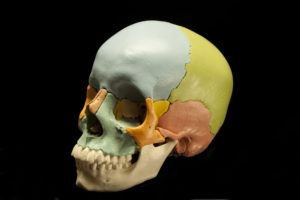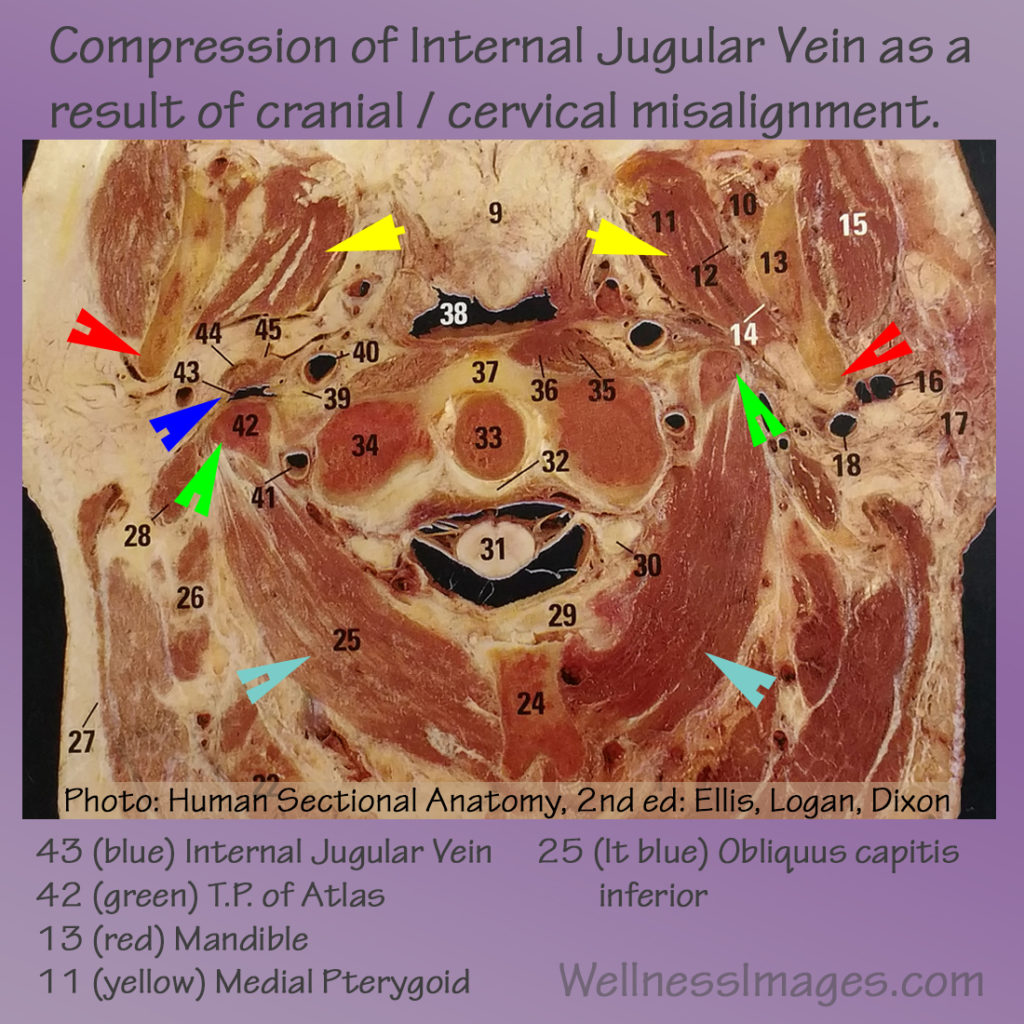Migraine headaches — functional health
In the functional health world, we have many approaches to addressing chronic, debilitating headaches. Even migraine headaches. There are so many factors that can contribute!
- Hormone imbalance
- Nutrient imbalance
- Build-up of chemical toxins, biotoxins, heavy metals
- Sludgy liver function
- Gut dysbiosis
- Food sensitivities
- Mood issues
- Insomnia
- And so on…
Most of us, headaches or no, will feel better after clearing those factors. But what if you’ve done it all? You’re eating clean, your liver function is seamless, and your gut microbiome is the envy of all you meet.
And yet you still have headaches. Bad headaches. Lots of them.
Let’s not forget mechanics.
It’s true. Mechanical factors can play heavily into a serious headache pattern. No amount of clean eating is likely to unseat them. You need a different approach.
Check out this graphic for just a few possible ways that cranial / cervical alignment may be impacting your migraine headaches.
- Look at the royal blue arrow, #43. That’s the internal jugular vein, depicted on the left only as it is not visible on the right. For this person, venous return of blood from the head must have been compromised.
- Now look at the red arrows, the mandible or lower jaw.
- And then the light green arrows, the transverse processes of the atlas (C1 vertebra).
- Notice how the relationship of these structures is very different on the right and left sides of the body. Oops!
- Look at the yellow arrows, the medial pterygoid muscle, which contributes to closing the jaw.
- Look closely at the muscle position on the right side of the picture. See how it’s compressed between the two bones? Did this person have a TMJ issue? Yes.
- Look at #24. It’s the spine of the C1 vertebra. Notice it’s off center.
- Finally, check out the difference in the tissue health of the two obliquus capitis inferior muscles (light blue arrows). See how the one on the left is more fibrous than the one on the right, due to chronic tension pattern. Neck pain? Sure. Trigger points (to the head)? Likely.
Cranial Alignment is Key

Tension patterns in the cranial fascia and membranes (connective tissue) may influence position of the bones.
The photo above illustrates a cranial alignment issue. It can be addressed. It’s soft tissue work — working with the cranial fascia and membranes, along with mobilization of the cranial sutures (joints). This is the original work of Paul St John. Once the cranial alignment has stabilized, the cervical spine can come into balance.
The magic is not in the license a person works under, but in how they see the body.
How does cranial misalignment arise?

Cranial sutures, the joining places of the different cranial bones, can be visualized in this model.
A common question people ask upon recognizing that their body alignment is imbalanced is, “How did I get this way?” In the head, this confusion is compounded by the outdated belief that the cranial joints (sutures) don’t move.¹⋅² In clinical practice, it’s possible to both feel and see the malleability of the cranium, and to feel effects of the changes.
So how does the cranium become misaligned? We can’t always say for sure, but a careful history may include experiences like these:
- Any kind of slip / fall where the head hits a hard object
- Sports injury involving the head
- Person was delivered with assistance of foreceps or vacuum extraction (or, practically speaking, by any other means)
- Neck injury, especially involving sudden deceleration
- Shoulder injury
- Abdominal tension pattern
- Pelvic misalignment for any reason, including injury or anatomical leg length difference
- Any other significant stress or trauma
After reading the above list, you may suspect that cranial misalignment is common. It is. Sometimes it results in headaches, including migraine headaches. Not always, though, which is fortunate. There are other ways in which cranial alignment can impact health. We may explore some of them in a future post.
For further information
For more information on balancing body structure or functional nutrition consultation, please visit the linked section of this website. Thanks!
¹ The Controversy of Cranial Bone Motion Joseph S. Rogers, MS, PT, Philip L. Witt, PhD, PT. Journal of Orthopaedic & Sports Physical Therapy 1997 26:2, 95-103
² An investigation of cranial motion through a review of biomechanically based skull deformation literature. Seimetz, Christina N. et al. International Journal of Osteopathic Medicine 2012 15:4 , 152 – 165




